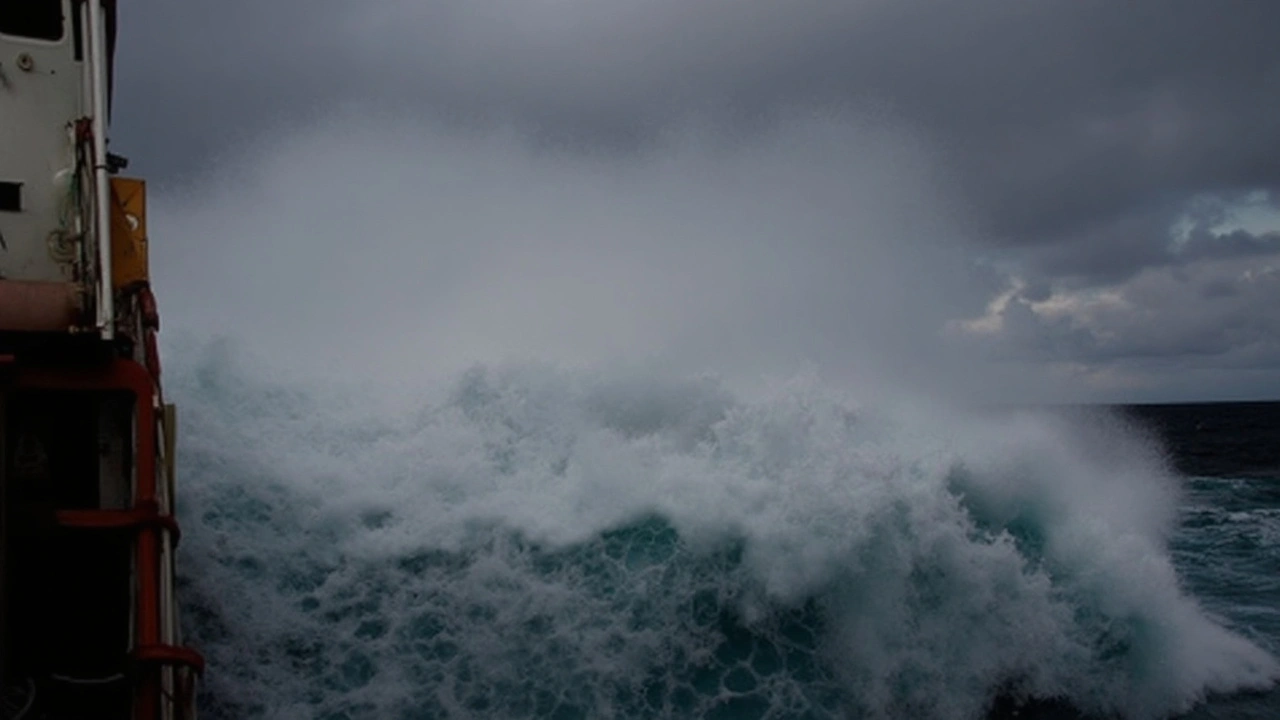Weather warning: what to do when severe weather hits
Seeing a weather warning can feel alarming, but knowing the right steps makes a big difference. This page gives you plain, practical actions to take during floods, storms, tornadoes and heavy rain. Use these tips now and keep the links below to local updates from Desert Rose Daily.
What a weather warning means and how to track one
A weather warning means dangerous conditions are expected or already happening. Warnings are different from watches — a watch means conditions could develop, a warning means act now. Check alerts from your national meteorological service, local radio, or official mobile notifications. In many African countries you can also get updates from community leaders and local authorities.
Sign up for SMS or app alerts if available. Follow reliable local news sources like Desert Rose Daily for situation reports and safety instructions for your area.
Practical steps to stay safe right now
If flood or heavy rain is forecast: move to higher ground and avoid low-lying areas. Don’t try to cross flooded roads — six inches of moving water can knock you off your feet and two feet can carry a car away. Turn off electricity at the main switch if your home is flooding and it’s safe to do so.
If a tornado or severe storm warning is issued: go to a small, windowless interior room on the lowest floor, like a bathroom or closet. Cover yourself with a mattress or thick blankets if possible. Stay away from windows and protect your head.
Prepare an emergency kit you can grab quickly: bottled water (three days’ supply for each person), non-perishable food, a battery or crank radio, spare phone battery or power bank, torch with extra batteries, a basic first-aid kit, copies of important documents in a waterproof bag, and any medicines you need.
Keep a simple plan: know two ways out of your home, where your family will meet if separated, and how to reach elderly relatives or neighbours who may need help. Keep your car fuelled if you might need to evacuate, but don’t drive into water or through blocked roads.
Protect your home: move valuables and important items to higher shelves, unplug appliances, and secure loose outdoor items that wind can turn into hazards. If you live near a dam, river or coastline, know your evacuation routes and the nearest safe locations.
After the event, stay tuned to official updates before returning home. Watch for downed power lines, damaged roads, contaminated water and weakened structures. Take photos of damage for insurance claims and contact local relief services if you need help.
Read our on-site reports for recent events and local context: "Flood Emergency in Maiduguri" (https://mydesertrose.co.za/posts/72615) and "Extreme Weather Batters South Africa's Heartland" (https://mydesertrose.co.za/posts/69550). Bookmark this page and check Desert Rose Daily for live updates during severe weather.

